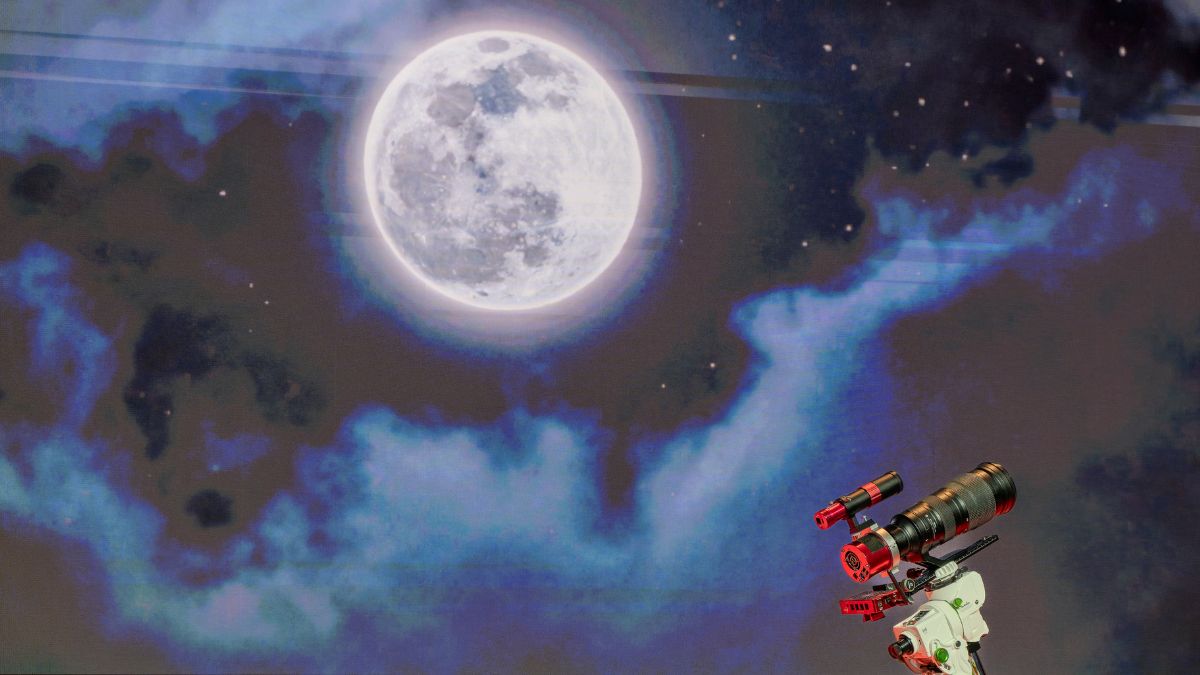You know what? Two moons would make a great conversation starter. While we’re far from living a scene out of a sci-fi novel, Earth is about to get a celestial sidekick that could stir up just as much chatter.
A daring asteroid has locked its sights on Earth, but don’t start panic-buying telescopes just yet. This space rock, dubbed 2024 PT5, is just looking for a temporary gravitational dance partner. Earth will swoop in and twirl this cosmic visitor around for a couple of weeks, bestowing upon it the coveted title of “mini-moon.”
These are much smaller than our permanent moon, typically ranging from a few meters to a few tens of meters in diameter. Unfortunately, if you were hoping to snap a selfie with our temporary lunar sidekick, you might be out of luck. Starting Sept.29, this pint-sized lunar wannabe will be living its best life in Earth’s orbit, but like all good things, it will waltz back into the depths of space by Nov. 25. The mini-moon will also be too small and dim to be seen with the naked eye or even with a standard home telescope.
2024 PT5 hails from the Arjuna asteroid belt, a cosmic collection of rocks that orbit the sun in a similar path to Earth. The Arjuna belt is located approximately 1.5 times the distance between the Earth and the sun, or about 223 million kilometers away. It’s not uncommon for asteroids from this belt to occasionally meander into Earth’s vicinity. Like a cosmic game of “Red Light, Green Light,” these space rocks sometimes find themselves ensnared in Earth’s orbit.
The sweet spot for capture is when an asteroid has a velocity that is just slightly slower than Earth’s escape velocity at a given distance. Earth’s escape velocity is the minimum speed needed for an object to break free from Earth’s gravitational pull and escape into space. At Earth’s surface, the escape velocity is about 11.2 kilometers per second (25,000 miles per hour). However, as you move farther away from Earth, the escape velocity decreases. For example, if an asteroid is approaching Earth from about 1.5 million kilometers away (roughly four times the distance between Earth and the Moon), it would need to be traveling at a speed of around 0.95 kilometers per second (2,100 miles per hour) relative to Earth to be captured. If the asteroid’s velocity is higher than this, it will swing by Earth and continue on its merry way through the solar system.
Most mini-moons follow a traditional, elliptical orbit around Earth, but 2024 PT5 is expected to follow a “horseshoe” orbit. In this type of orbit, the asteroid will approach Earth from one direction, and swing around before heading back out into space in roughly the same direction it came from. Some researchers argue that because of this unconventional path (it won’t complete a closed loop around Earth), 2024 PT5 might not qualify as a genuine mini-moon after all.
Regardless, scientists have conjectured that 2024 PT5 could be a fragment of our own moon that splintered off after a cosmic fender-bender in the distant past. So, keep looking up — space will always have something awe-inspiring to show you, certified moon or not!
